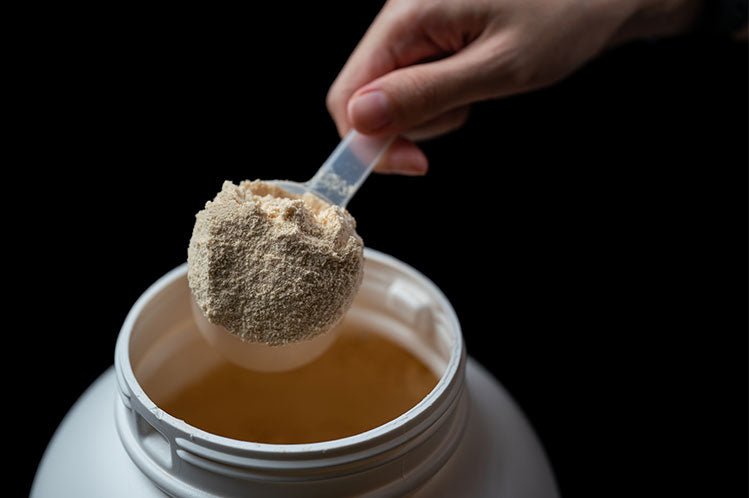
Whey to Go: The Ultimate Guide to Whey Protein Variants
Introduction
Welcome, fitness enthusiasts and health-conscious readers! As the CEO of SupplementSource.ca, I'm thrilled to share with you an in-depth look at the popular supplement, whey protein. In this blog, we'll delve into the types of whey protein – whey protein concentrate (WPC), whey protein isolate, and whey protein hydrolysate. We'll explore their manufacturing processes, nutritional content, pricing, digestibility, and more, to help you find the best whey protein for your health and fitness goals.1. Whey Protein Concentrate (WPC)
Manufacturing Process: WPC is produced by filtering liquid whey, removing water, minerals, and lactose to varying degrees. The protein content in WPC ranges from 30% to 80%.Nutritional Profile: WPC contains a higher level of fats and carbohydrates, including lactose, and is a good source of bioactive compounds and essential amino acids.
Pricing: It is the most economical option among whey proteins.
Lactose Content: Higher lactose content can be an issue for those with lactose intolerance.
Carb and Fat Content: Moderate amounts of carbs and fats.
Mixability: Might not mix as smoothly due to less refinement.
Digestibility and Post-Workout Suitability: WPC digests at a moderate rate, making it a good option for a post-workout supplement, especially for those looking for a balance of protein and other nutrients.
2. Whey Protein Isolate
Manufacturing Process: This form undergoes a more intensive filtering process, resulting in over 90% protein content.Nutritional Profile: It's low in carbs, lactose, and fats, ideal for strict diets or lactose intolerance.
Pricing: Higher cost due to more processing.
Lactose Content: Minimal, suitable for lactose-sensitive individuals.
Carb and Fat Content: Lowest among whey proteins.
Mixability: Mixes easily and is very refined.
Digestibility and Post-Workout Suitability: Whey protein isolate is rapidly digestible, making it an excellent choice for immediate post-workout nutrition to quickly deliver amino acids to muscles.
3. Whey Protein Hydrolysate
Manufacturing Process: Hydrolysate is produced by further breaking down the protein into smaller peptides, simulating the body's natural digestion.Nutritional Profile: Provides rapidly digestible protein, useful for quick recovery.
Pricing: The most expensive due to complex processing.
Lactose Content: Low in lactose.
Carb and Fat Content: Similar to isolates, very low.
Mixability: Known for excellent mixability but may have a bitter taste.
Digestibility and Post-Workout Suitability: Hydrolysate is the fastest digesting whey protein, making it ideal for post-workout consumption. Its pre-digested form ensures rapid absorption and quick delivery of amino acids to the muscles, which is crucial for muscle recovery and growth.
Conclusion
In conclusion, each type of whey protein caters to different dietary needs and goals. WPC is a great all-rounder, whey protein isolate is perfect for those needing high protein with minimal extra nutrients, and hydrolysate is the best choice for rapid post-workout recovery. Your choice should align with your dietary needs, budget, and personal preferences. At SupplementSource.ca, we proudly offer a wide selection to meet all your supplement needs. Find your ideal whey and elevate your fitness journey!
